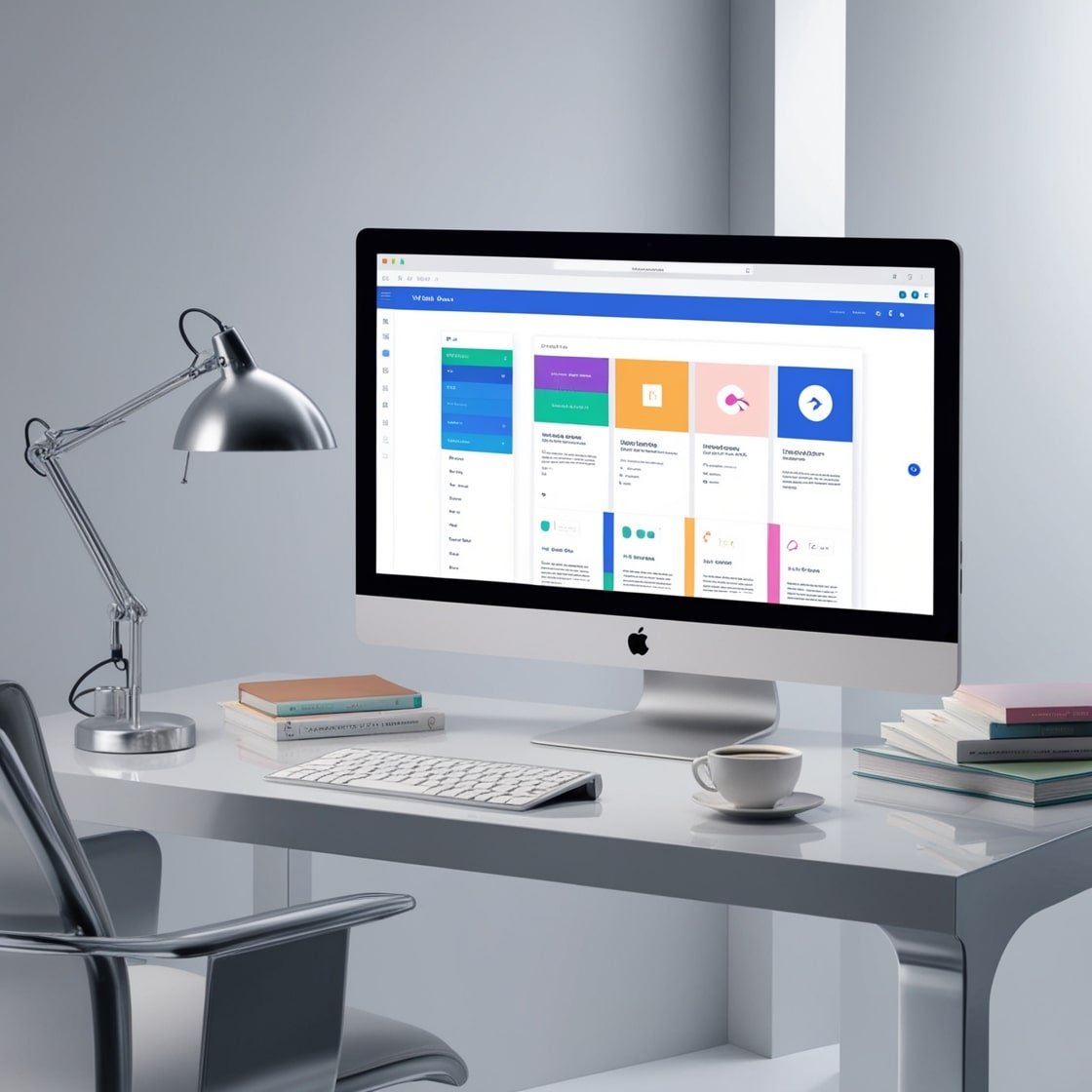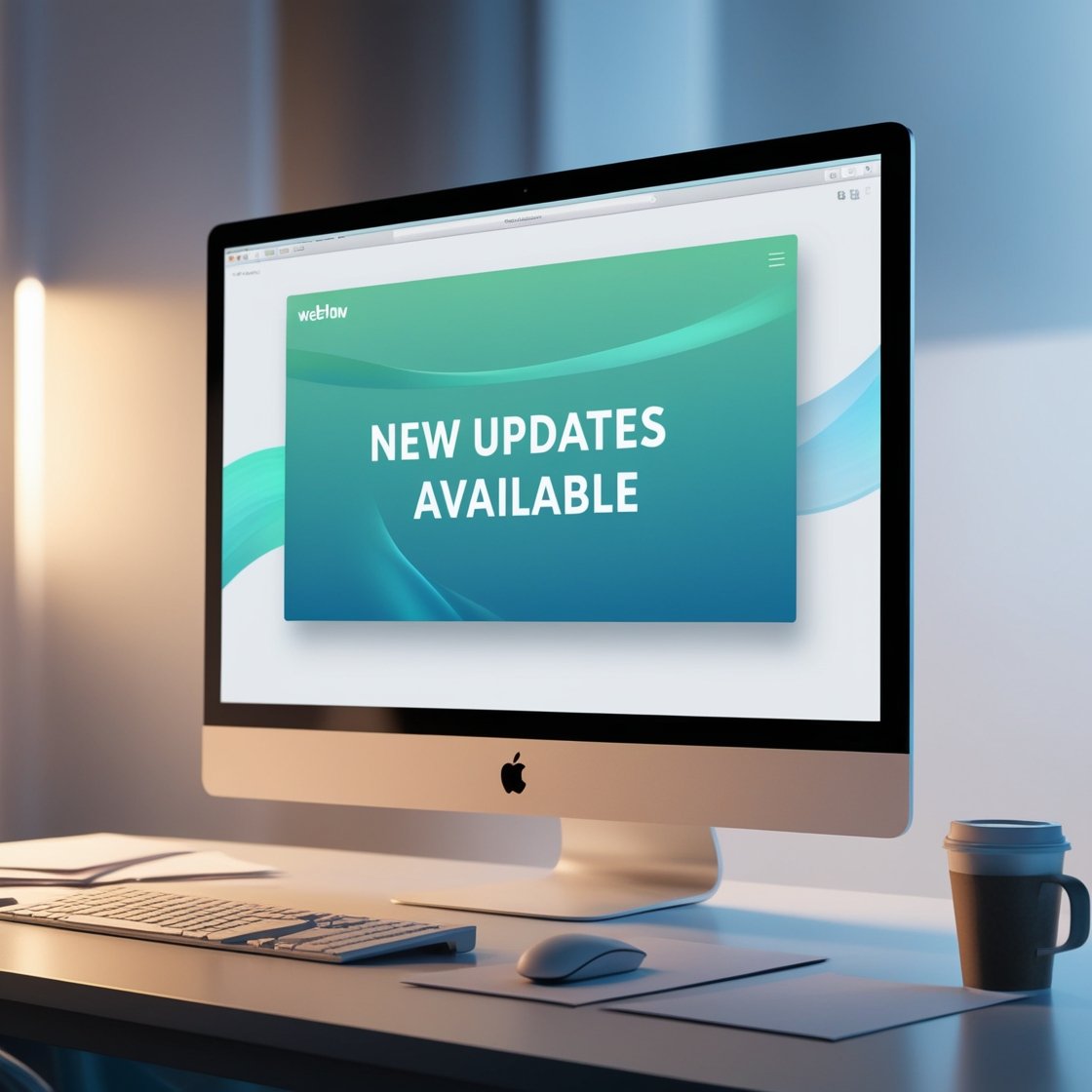
Webflow is an incredibly powerful platform that allows users to design, build, and launch responsive websites visually. For beginners, Webflow's intuitive interface and comprehensive design tools make it easier than ever to create stunning websites without needing extensive coding knowledge. However, to get the most out of Webflow, it's essential to follow best practices that ensure your designs are not only beautiful but also functional and optimized for performance. In this blog post, we'll explore the top Webflow design best practices for beginners, providing you with tips to create professional-quality websites that stand out.

Before diving into Webflow, take some time to plan your website. Outline your site's structure, determine the key pages you'll need, and sketch out basic layouts. This planning phase helps you visualize the end result and ensures that your design process is more organized and efficient.
Webflow offers a variety of pre-built templates that can serve as a great starting point for your design. These templates are fully customizable and responsive, providing a solid foundation for your website. Choose a template that aligns with your project's goals and customize it to fit your brand's style.

Webflow's visual editor is one of its most powerful features. Take full advantage of the drag-and-drop interface to design your site visually. Experiment with different elements, layouts, and styles to create a unique and engaging user experience. Remember, you have complete control over every aspect of your design, so don't be afraid to get creative.

Website performance is critical for user experience and SEO. Follow these tips to optimize your Webflow site for speed and performance:
1. Minimize HTTP Requests: Use fewer images and combine files where possible.
2. Optimize Images: Use Webflow's built-in image optimization tools to compress images without sacrificing quality.
3. Enable Lazy Loading: This feature delays the loading of off-screen images, improving initial load times.
4. Use Webflow's CDN: Webflow's hosting includes a content delivery network (CDN) to ensure fast loading times globally.

To ensure your website ranks well on search engines, implement SEO best practices within Webflow. This includes:
1. Use Descriptive Titles and Meta Descriptions: Make sure each page has a unique and descriptive title and meta description.
2. Optimize URLs: Use clean, descriptive URLs that include relevant keywords.
3. Add Alt Text to Images: This helps search engines understand the content of your images and improves accessibility.
4. Use Heading Tags Appropriately: Use H1 tags for main headings and H2-H6 tags for subheadings to structure your content logically.
Webflow's Content Management System (CMS) allows you to manage dynamic content easily. Use the CMS to create and manage blog posts, portfolios, product listings, and more. This feature is especially useful for websites that require regular updates or have multiple contributors.

Interactions and animations can make your website more engaging and interactive. Webflow provides robust tools to create animations and interactions without writing code. Use these tools to add subtle animations to buttons, images, and other elements to enhance the user experience.
Once your website is designed, it's crucial to test it thoroughly. Check for broken links, ensure all interactive elements work as expected, and test the site on different devices and browsers. Gather feedback from users and make necessary adjustments to improve the overall experience.
Webflow is constantly evolving, with new features and updates being released regularly. Stay informed about the latest updates by following Webflow's blog, participating in the Webflow community, and utilizing Webflow University. These resources provide valuable insights, tutorials, and tips to help you make the most of the platform.

Webflow is a versatile and powerful tool for creating stunning, responsive websites. By following these best practices, beginners can leverage Webflow's features to design professional-quality websites that are optimized for performance and SEO. Start with a solid plan, use Webflow's visual design tools, focus on responsive design, and stay informed with the latest updates to make the most of your Webflow experience.
Whether you're a startup looking to establish an online presence or a small business aiming to enhance your website, Webflow provides the tools and flexibility to help you achieve your goals. Happy designing!